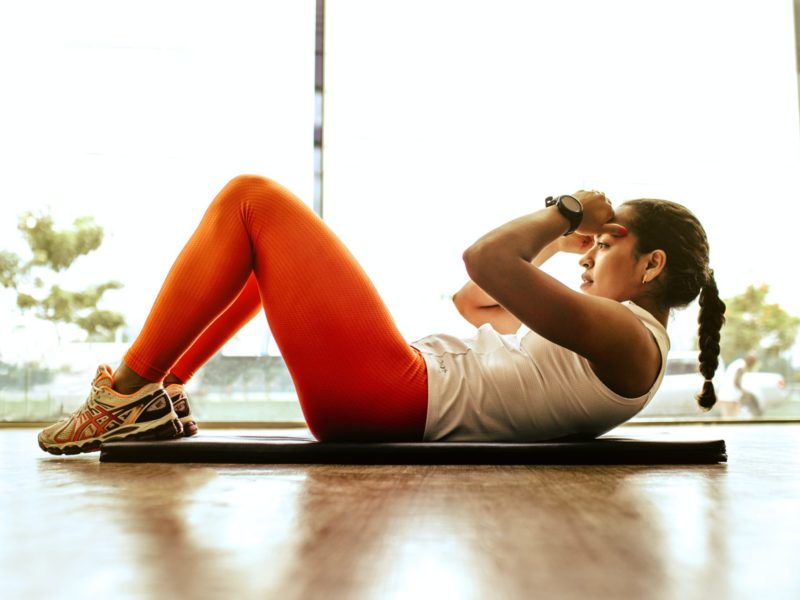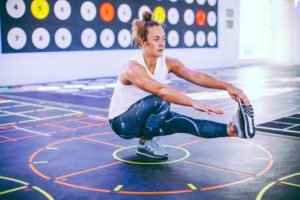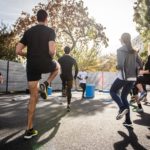Wanting to get back in action after your head injury? Here are some potential ideas for exercises to try after you’ve had the go-ahead from your doctor…
There comes a point after a head injury where you simply want to get back on your feet and start exercising again. Of course, if you’re still seeking compensation for a head or brain injury, you may have other things on your mind. But, if you’ve always been a gym-bunny, or love a good country walk, you’ll probably be dying to get out there.
Recovery after a head or brain injury is paramount to avoid any serious repercussions later on down the line. That said, once you’ve received the go ahead from your doctor, there are a number of exercises to try. Take a look…
10 Exercise Ideas to Try After Recovering from a Head Injury
Depending on the severity of the injury, there will be various exercises you can try to ease back into the process of exercising. In fact, many health professionals recommend that you get back to mild exercise within the first week of a concussion.
Of course, things can be a little different after a traumatic brain injury, so it’s important to seek the advice of your doctor firs. Here are a few you should consider, provided you have the okay from a medical professional first…
1. Walking
Taking a walk around the house or garden is a great place to start if you want to get up on your feet. Then, when you’re feeling up to it, why not take a short walk around the block with a friend or family member? This is a great way to assess your capabilities before going on a longer walk or heading to the gym.
2. Sitting Exercises
If you’re not quite ready to get up and about, sitting exercises are also fundamental to rehabilitating your muscles and coordination. All you’ll need is a chair where your feet touch the ground, and you’re ready to go! The NHS has a great list of sitting exercises to try that should help you get back on your feet again when you’re ready.
3. Balance Exercises
After a brain injury, it can take a while for you to become steady on your feet again. By training your muscles, your brain will start to rebuild those pathways so you can hopefully get back to normal quicker.
Flint Rehab have provided a brilliant list of balance exercises to try to help you with this. Some of these include weight shifts, marching in place, and even some tai chi.
4. Exercise Bike
Getting out into the wide world might be a little scary, especially if your vision, balance, and fitness isn’t quite where it normally is. So, having a go on an exercise bike is a great way to get in that workout without as much risk.
Not only can you sit down, you can also go at your own pace and stop if you’re feeling a little strange. It also means you won’t be stranded in the middle of a road somewhere if your body isn’t up to it.
5. Elliptical
Once you’re ready for more vigorous standing exercises, you could move onto an elliptical everyday, which provides less impact on the body. It also gives you the freedom to stop when you’re feeling unable to continue, unlike our next exercise; jogging.
6. Jogging
Graduating up to a running machine, or even heading outside for some fresh air for a jog, could also be for you. This is only the case if you’re feeling physically and mentally ready, and shouldn’t be pushed too hard. Durations of 20 to 40 minutes are the best place to begin.
7. Body Weight Exercises
You don’t always need fancy machinery to work out your body, and can always try body weight exercises to build your muscles and core. Some examples of these might include:
- Squats
- Sit ups
- Planks
- Lunges
8. Flexibility Exercises
Improved flexibility is usually part of any balanced exercise regime. Luckily, these sorts of exercises should be relatively easy to accomplish after recovering from a head injury. Yoga and tai chi are great ways to stretch out, but even just sitting down and stretching out your muscles could help.
9. Resistance Band Exercises
Resistance is important for everyday activities, so keeping this aspect of your muscles strong could be useful for your recovery. Buying a resistance band and having a go can not only build this, but also help you to start building muscle again. After all, it may be a little dangerous to pick up weights straight after your injury, so a band is a good middle-ground to start with.
For a list of resistance exercises to try, as approved by the British Heart Foundation, click here.
10. Cognitive Exercises
Remember, it’s not just physical exercise that needs to be addressed when it comes to brain injury recovery. You should also look to strengthen your mental faculties through trying cognitive exercises. These are exercises that challenge your mind, and could include:
- Boggle
- Card games
- Logic puzzles
- Scattegories
- Strategy board games
- Word searches
Ready to Exercise Post-Head Injury?
Remember, mild exercise is key to your recovery, but be sure to take it easy. If you have any pain, discomfort, dizziness, vision problems – or anything else unusual – stop what you’re doing. If this is worrying you, or persists, seek medical advice.
Otherwise, be sure to enjoy yourself! It should get easier over time to get back on your feet, so take it easy, and good luck.
Please be advised that this article is for general informational purposes only, and should not be used as a substitute for advice from a trained medical professional. Be sure to consult a medical professional or healthcare provider if you’re seeking medical advice, diagnoses, or treatment. We are not liable for risks or issues associated with using or acting upon the information on this site.
Images:
Photo 1 – Jon Flobrant, https://unsplash.com/photos/_r19nfvS3wY
Photo 2 – Pavigym Prama, https://unsplash.com/photos/PCxkBX24sWo
Photo 3 – Gustavo Torres, https://unsplash.com/photos/JwYsUx7JyuA
Interested in eating more healthy for life?
Listen to our friends over at Wellness Force Radio to learn about the “5 Must Have Nutrition Fundamentals”











 Marijuana Bible: Overview, Medical Usage and Health Benefits
Marijuana Bible: Overview, Medical Usage and Health Benefits